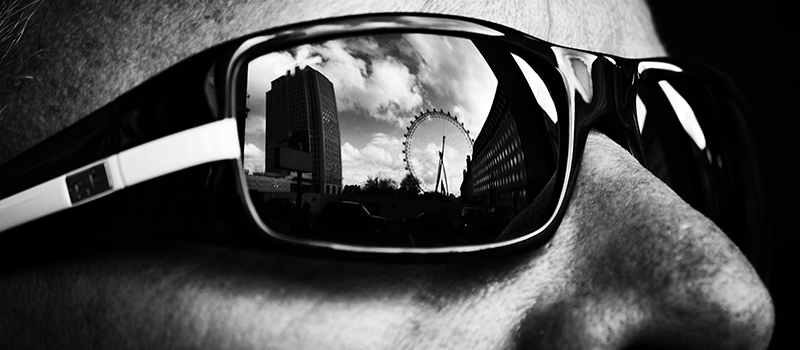How Do UV Rays Damage Eyes?
In New Zealand we are aware of the importance of protecting ourselves from exposure to the sun. While we all hear about the need to protect our skin, we don’t here so much about protecting our eyes. UV rays cause ten times more damage to the eyes than they do to our skin. UV eye damage is cumulative over a lifetime.
Harmful UV rays can damage your eyes and increase your risk of developing cataracts. Whenever going out in the sun, wear sunglasses or contact lenses that have a UV filter.
Be it sunny days or cloudy, UV rays are always there. Damage to the eyes can occur directly from the sun and also from indirect exposure through reflections from water, windows, sand or buildings. A hat in conjunction with good quality sunglasses and UV protection contact lenses is the most effective way of protecting your eyes from the sun.
All About UV Rays
UV rays are divided according to their wavelength. The shorter the wavelength, the more harmful it is.
- UVA Rays
This is closer to the visible light spectrum. UVA rays penetrate the most deeply, passing through the cornea to reach the lens and retina inside your eyes. UVA rays are the prime culprit behind macular degeneration if you are exposed to sunlight for long and without any kind of eye protection then.
- UVB Rays
This is a medium-wavelength radiation and can penetrate your skin surface. UVB rays cause pingueculae and pterygia, growths on the eye’s surface and can distort your vision and cause other corneal problems. UVB rays also cause a painful eye condition called photokeratitis or snow blindness, the inflammation of your cornea that can cause temporary vision.
Some Of The Best Ways To Protect Your Eyes from UV Rays:
Sunglasses
- Sunglasses do provide protection for the eyes, but not all sunglasses are created equal; most of them do not block all UV rays.
 Wear sunglasses with a high eye protection factor (EPF). Under the Australian and New Zealand Sunglass Standards, sunglasses with a value of 3 and 4 absorb almost all UV radiation.
Wear sunglasses with a high eye protection factor (EPF). Under the Australian and New Zealand Sunglass Standards, sunglasses with a value of 3 and 4 absorb almost all UV radiation.- Always look for tints that boast 100% blocking capabilities for both UVA and UVB rays.
- We all like cool-looking shades. Unfortunately, many styles can leave the sides of your face unshielded from UV light. The lenses of well-made sunglasses do block UV radiation from around the lens itself, but a lot of radiation enters the eye from above, below and the sides of the lenses. Wrap-around sunglasses are the best way of protecting your eyes from the sun.
Contact Lenses
- Wear contact lenses with sun protection. There are many lenses that safeguard your eyes from UV rays. However, contact lenses alone do not offer sufficient protection by themselves, as they do not cover the whole eye. If you are using these lenses, always wear UV protected sunglasses while stepping out in the sun.
- While contacts with UV blockers are no substitute for a good pair of sunglasses, there will be times when sunglasses won’t be worn. Therefore, wearing a contact lens with UV blockers can make a difference, especially over time.
UV Glasses & Lens Combo
- The UV protection from sunglasses can be improved with contact lenses. Even if you wear sunglasses, as much as 50% of the surrounding UV radiation can reach the eyes. Large sunglasses that cover the eye worn together with contact lenses that have UV protection can effectively provide UV protection.
The risk of eye damage from UV radiation is cumulative. It is crucial that we all wear sunglasses and a hat before going out in the sun, particularly kids.
At John O’Connor Optometrists, we stock antireflective clear lenses and polarised lenses which offer 100% UV protection. To talk to our optometrists about eye protection from UV rays email our Auckland Optometrists or phone Newmarket Optometrist 09 522 1283 and Henderson Optometrist 09 836 1731.

